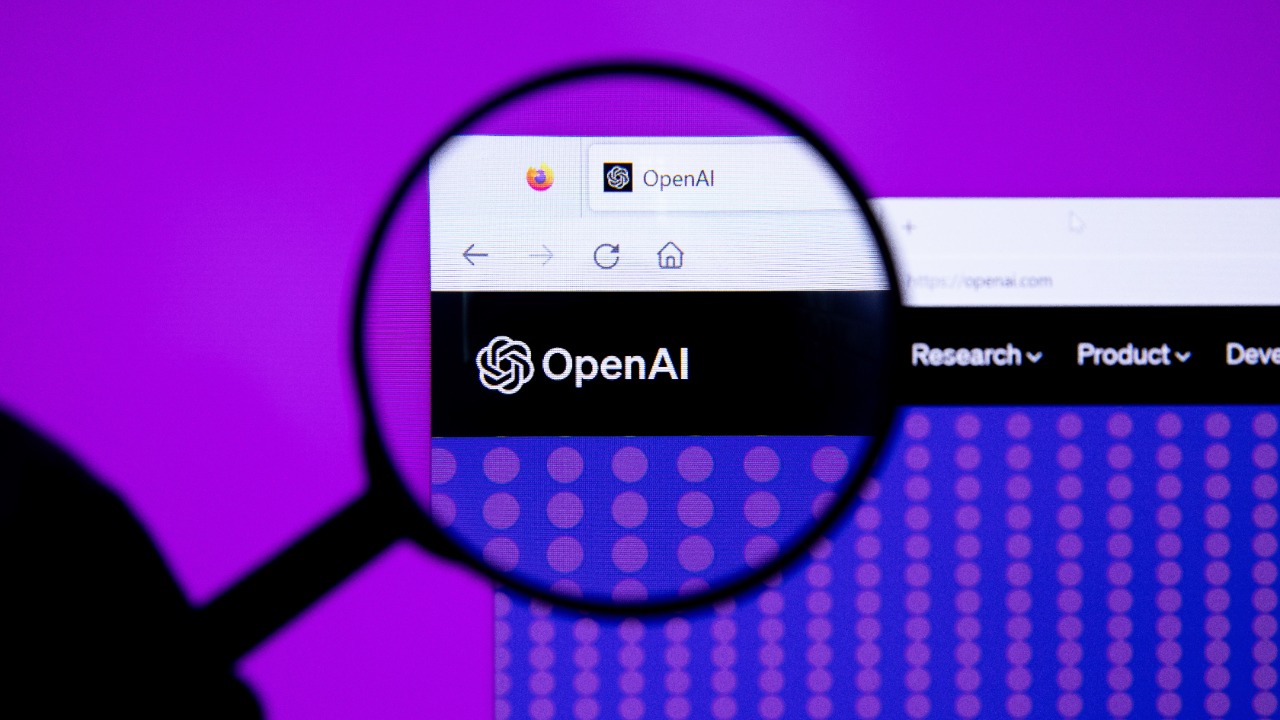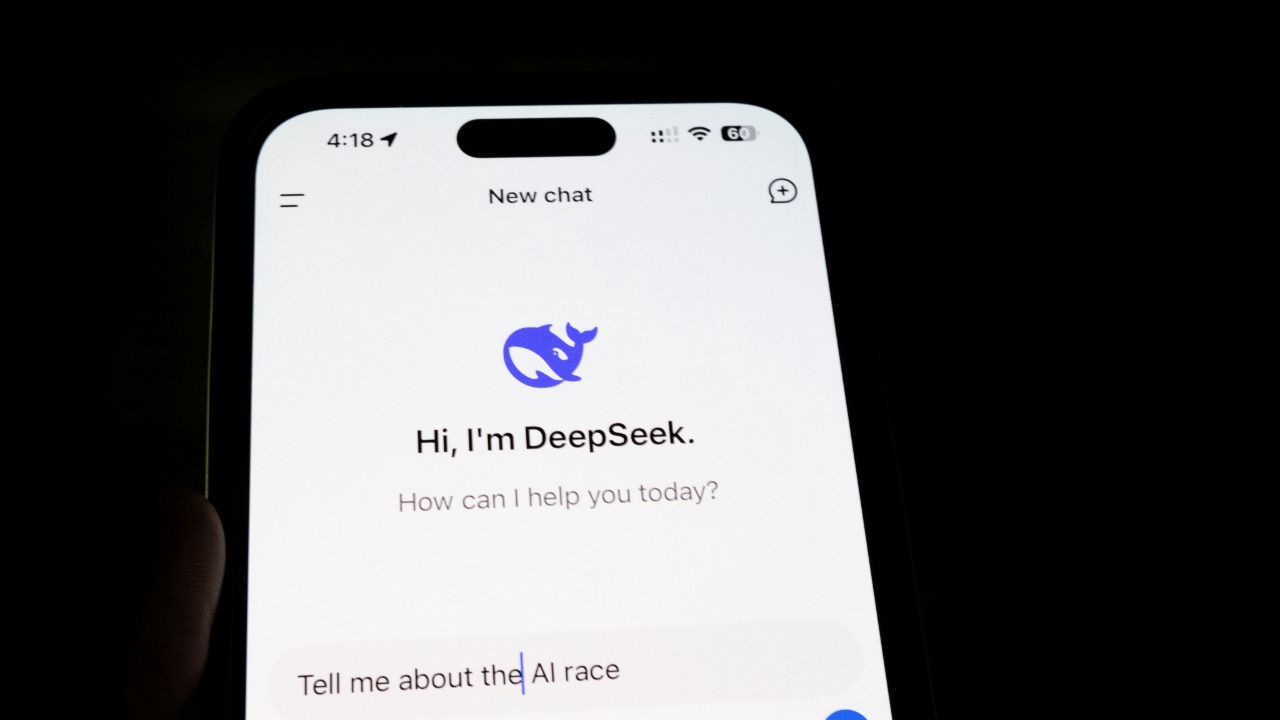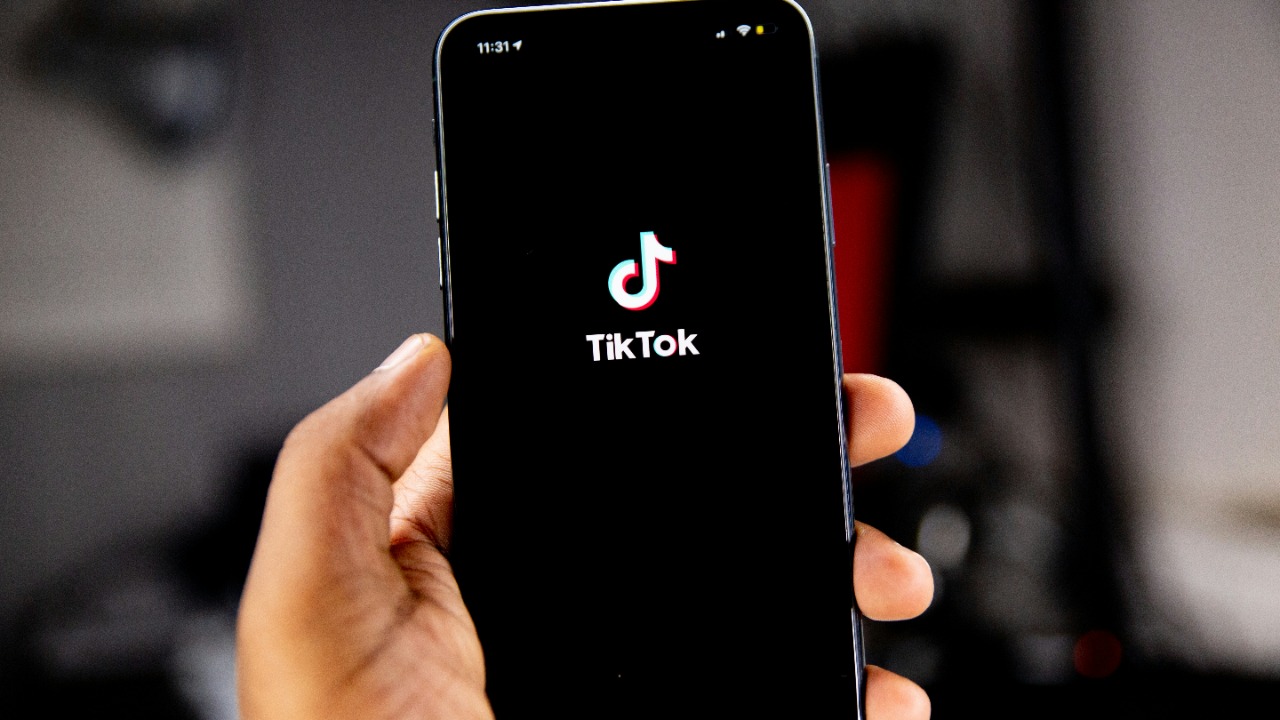
OpenAI has embarked on a “sovereign AI” initiative, partnering with governments in the UK, France, and Japan to establish localized AI models. This move comes amid escalating tech tensions between the US and China, with the US imposing restrictions on AI chip exports to China, affecting companies like Nvidia and Huawei. Meanwhile, Chinese startup DeepSeek is developing competitive open-source AI models. The ongoing TikTok saga further highlights the US’s concerns over Chinese tech influence, revealing deep rifts in bilateral relations.
The Concept of Sovereign AI

Sovereign AI refers to the development of national AI systems that are independent of foreign control. This concept emphasizes data sovereignty and a reduced reliance on US-dominated cloud infrastructure. OpenAI’s model-building service is a prime example of this approach, aiming to address geopolitical risks such as supply chain vulnerabilities in AI hardware (Wired). The US is promoting this concept to encourage allied nations to develop their AI autonomy (Startup Ecosystem).
Early adopters of sovereign AI include the UK and Japan. These partnerships focus on customizing AI for local languages and regulations to prevent data leakage to adversaries. This approach is seen as a strategic move to counter potential threats from foreign entities (Wired).
OpenAI’s Strategic Partnerships

OpenAI has formed strategic partnerships with several governments. In the UK, it is working with the government to build a sovereign supercomputer and an AI research hub, with the goal of achieving independent model training by 2025 (Startup Ecosystem). In France, OpenAI is investing in AI infrastructure to support European data privacy laws like GDPR, positioning it as a counter to US tech hegemony (Wired).
Japan is another key partner in OpenAI’s sovereign AI initiative. OpenAI is providing tools for Japanese-language AI development, fostering alliances in the Indo-Pacific to offset Chinese influence (Startup Ecosystem).
US Export Controls and Chip Restrictions

The US Commerce Department has imposed rules limiting the export of Nvidia’s high-end AI chips, like the H100, to China. This move is aimed at curbing Beijing’s advancements in military AI (Quartz). This has significant impacts on companies like Huawei, which faces ongoing bans on US technology, forcing it to rely on domestic alternatives amid renewed tariffs proposed in 2024 (Quartz).
These controls also extend to AI software, with OpenAI restricting access for Chinese entities to protect national security interests (Wired).
China’s Push for AI Independence

Despite these restrictions, China is pushing for AI independence. DeepSeek, a Chinese AI startup, is releasing open-source models like DeepSeek-V2 to rival US offerings (Quartz). Beijing has a national strategy to achieve AI self-sufficiency by 2030, investing billions in domestic semiconductor production to bypass US restrictions (TNI).
Huawei is playing a significant role in this strategy by developing AI hardware alternatives, such as the Ascend chips, as a direct response to export bans and trade war escalations (Quartz).
The TikTok Case as a Precedent

The US’s efforts to ban or force the divestiture of TikTok due to its Chinese ownership highlight the country’s national security fears over data access by the Chinese government (Brookings). This saga exposes US vulnerabilities in app ecosystems, with over 170 million American users potentially exposed to influence operations (Brookings).
The fate of TikTok is linked to broader AI battles, where similar scrutiny could apply to Chinese AI apps integrating with US platforms (Brookings).
Geopolitical Implications of the AI Frontline

Sovereign AI initiatives are reshaping alliances, with the US promoting “friend-shoring” of AI tech to democracies while isolating China (TNI). However, a bifurcated global AI landscape could slow innovation and heighten cyber and espionage threats (TNI). International forums like the UN are witnessing debates over AI governance, revealing divides between China’s advocacy for multilateral access and the US’s unilateral controls (Wired).
Future Trajectories in the Tech War

Looking ahead, US policy may evolve to include potential expansions of tariffs on AI-related imports from China under the Biden administration (Quartz). China may counter with measures such as accelerating open-source AI releases to attract global developers and undermine US dominance (Quartz). Third countries, like those in Europe and Asia, have opportunities to leverage sovereign AI for neutrality in the US-China rivalry (Startup Ecosystem).